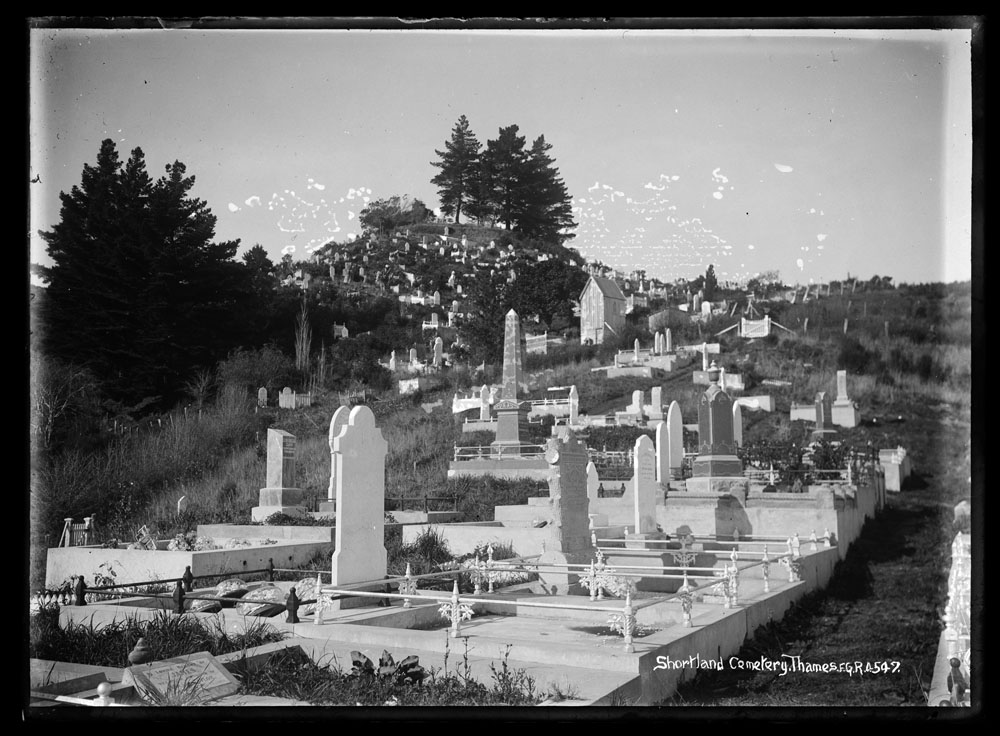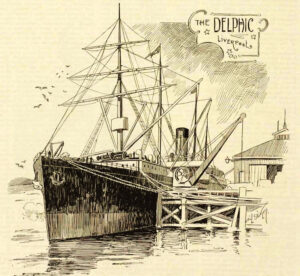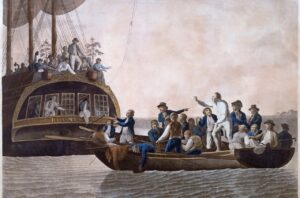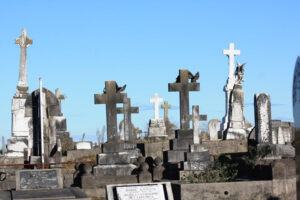As part of a Valley Profile series, MEGHAN HAWKES explores our local history by seeking out stories of life and death in the Thames Valley.
The last resting place for many in the Thames Valley was not the local cemetery but the spot where they took their last breath, alone and unnoticed.
During one month in Thames in 1874, some of these anomalies began to surface.
In early September, two boys came across a human skeleton in Wiseman’s Gully. The spot had been a jungle of supplejack and undergrowth but had recently been cleared by a fire.
The remains were believed to be a middle-aged European with sound teeth who appeared to have died lying on his back. After a careful search, nothing could be found to identify him, not even a button.
Five years previously there had been a store near the area, and a number of miners lived in the vicinity but a local resident did not remember anyone being missing from that neighbourhood.
Over the left ear of the skull was a large hole but whether this had been caused by a blow or by some accident occurring while he was lying in the bush could not be determined.
The only person who had been missing for some time was Patrick Kinivan, a miner who had disappeared the previous December, but these remains appeared older than that.
The Thames Advertiser commented darkly on “another of those melancholy and puzzling discoveries of human remains which so frequently occur in this Colony, where waifs and strays of humanity – having none here to care for them, but probably dear to hearts in the home country – journey in the bush, and die there, or may be murdered there”.
Several days later another skeleton was found by a council labourer digging a trench below the high-water mark between Sealey and Richmond Streets. It was about two or three feet under the surface.
Curiously, the leg bones were found laid alongside the body. There had been several bodies found on the beach since the goldfield was opened.
Local Māori said that many years previously a canoe full of people was upset in the firth and the bodies washed ashore and buried in the sand as they were strangers to the district. Whether this skeleton belonged to one of this party could not be determined.
This was also not Patrick Kinivan, still the only known missing person at Thames.
More skeletal remains were then discovered when a skull gruesomely rolled out of a wagon while tipping debris from the Prince Imperial mine in November. A further search uncovered other bones and remnants of clothing.
Patrick Kinivan had finally been found but the discovery led to more questions than answers. The mine had not been worked in a long time and he could not have fallen down the shaft as he would have had to climb up some feet to get over it. The shaft was also planked over.
It was concluded that Kinivan, in “horrors from drink”, must have somehow inexplicably got himself into the mine.
Patrick Kinivan was buried at Shortland cemetery, one of the few to be given a recognised resting place.

Shortland Cemetery in Thames. Photo: SUPPLIED



